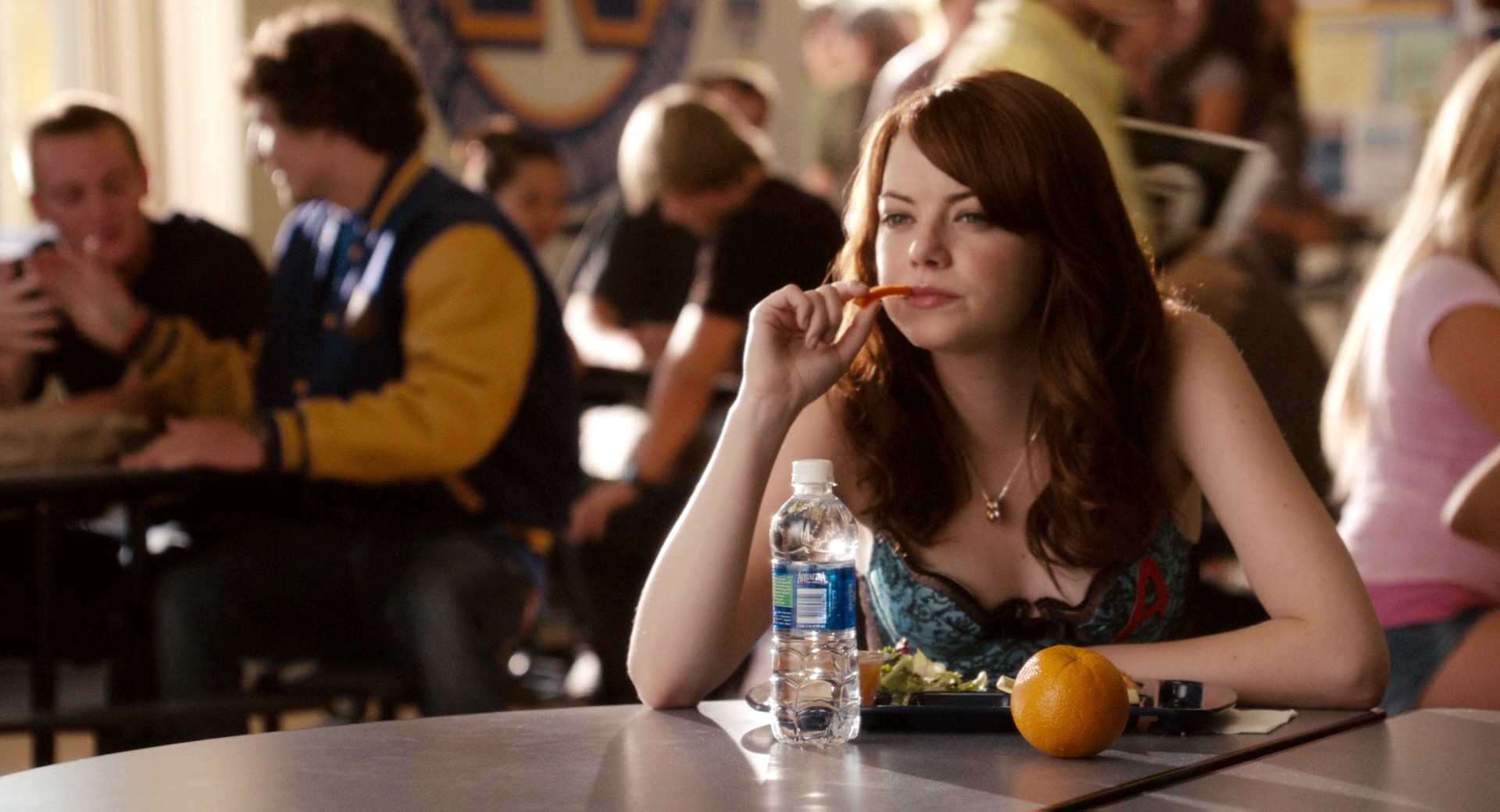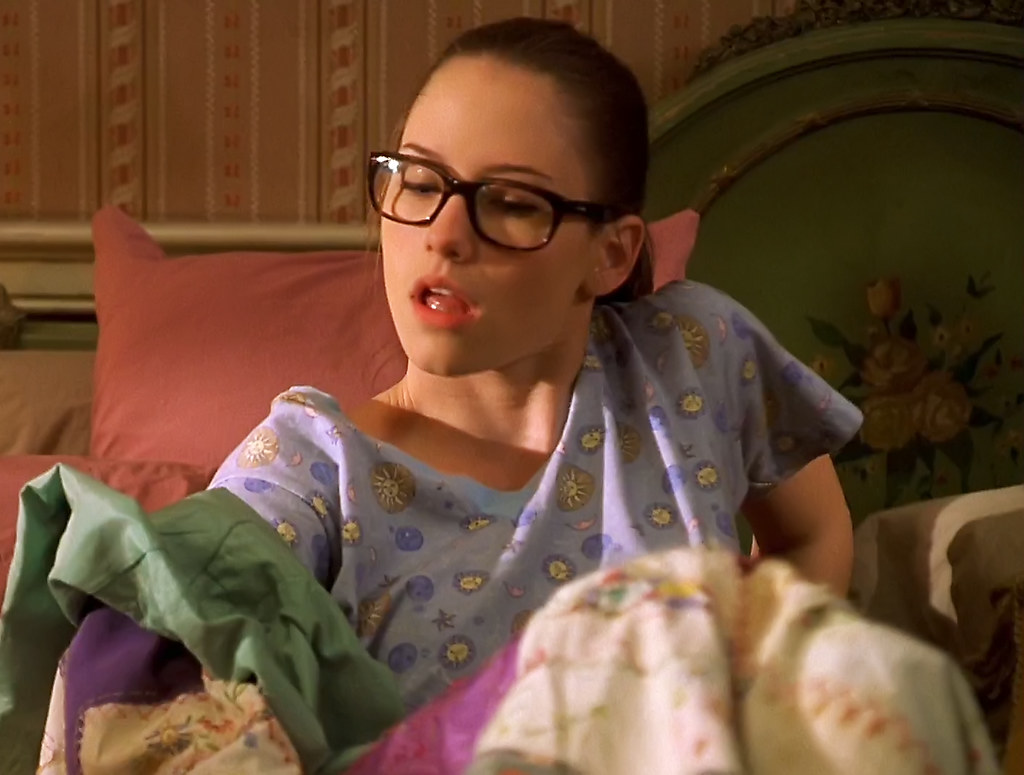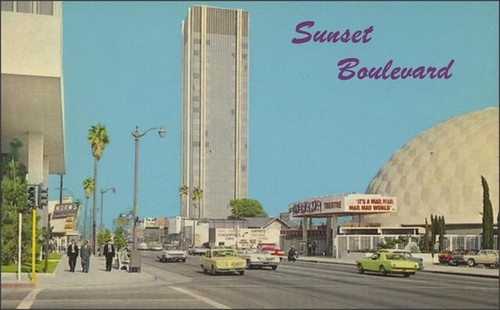
The 1950s dawned upon a world still finding its footing after the profound dislocations of World War II. It was a decade of complex reconstruction, a period characterized by remarkable economic expansion and a burgeoning population, famously giving rise to the “baby boomer generation.” Yet, beneath this veneer of recovery, the shadows of the Cold War lengthened, transforming nascent ideological differences into a heated global competition between the Soviet Union and the United States. This geopolitical tension, along with increased nuclear weapon testing, fostered a politically conservative climate, shaping society and culture in intricate ways.
Amidst these significant global shifts, American homes witnessed a quiet revolution with the widespread adoption of television, culminating in what is often remembered as the “Golden Age of TV.” This new medium fueled mass consumerism, encouraging families to acquire and upgrade products, and profoundly changed how entertainment and culture were disseminated. Music, ever a mirror and a shaper of the times, stood at a crucial juncture, embodying both the lingering elegance of the past decade and the vibrant, rebellious energy of the future. The radio waves, now complemented by the visual spectacle of television, became battlegrounds and bastions for vocalists vying for the hearts and ears of a rapidly evolving audience.
Within this dynamic cultural tapestry, a remarkable cohort of female singers emerged, captivating audiences and defining the soundscape of a generation. Their voices, whether soaring with a sophisticated croon or igniting the nascent flames of rock-and-roll, contributed immensely to the era’s popular appeal. While some maintained the continuity of the established “crooner sound,” others were at the forefront of the musical shifts, navigating the complex currents of tradition and innovation. These artists, in their varied styles and enduring appeal, illuminate the multifaceted brilliance that characterized the 1950s musical realm.
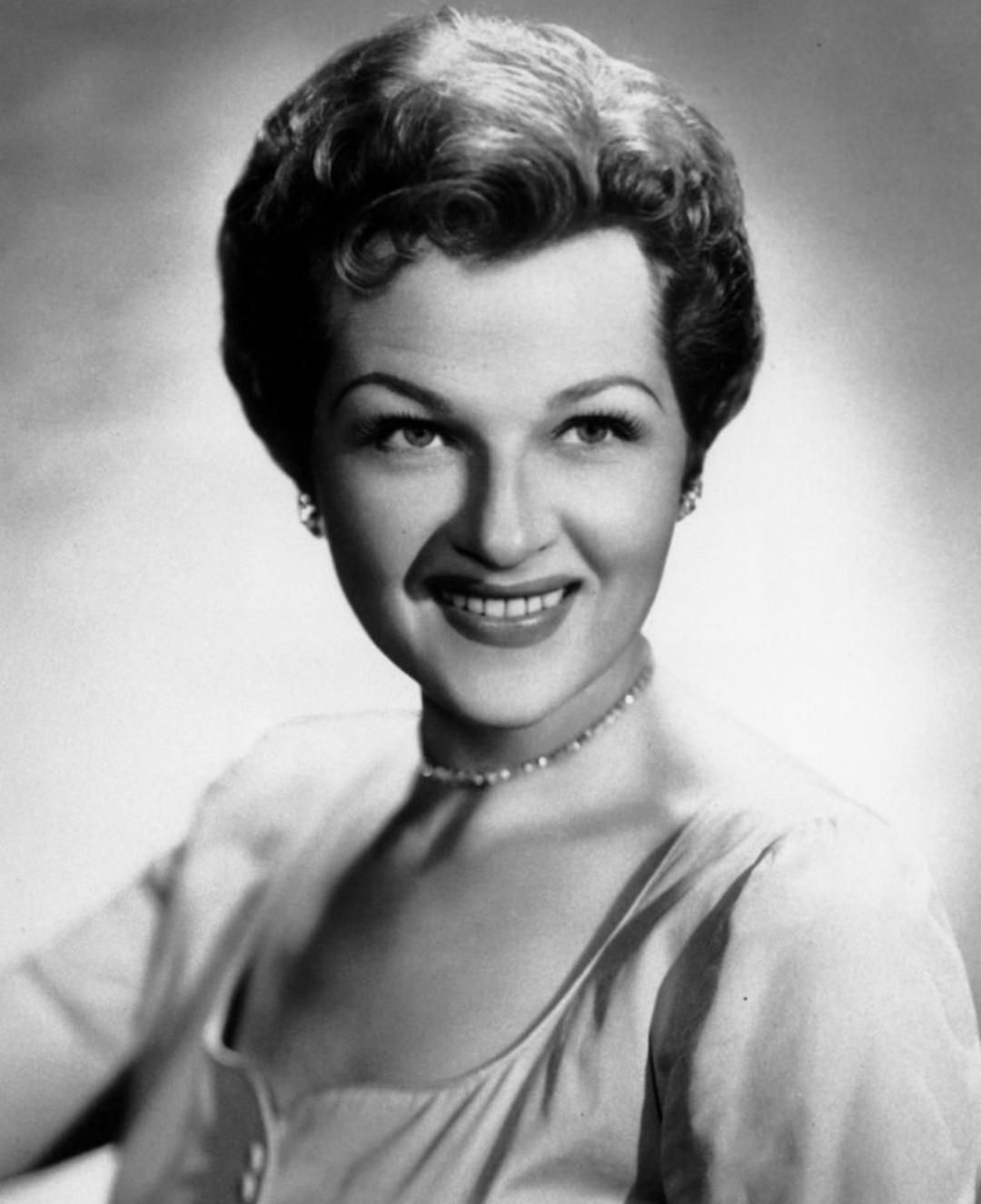
1. **Jo Stafford**
As the 1950s commenced, the popular music landscape was largely a continuation of the “crooner sound” that had defined the previous decade, albeit with a refined emphasis. This style, often described as conservative, operatic, or symphonic, provided a smooth, comforting auditory experience for audiences transitioning into a new era. In this environment, certain vocalists achieved remarkable success, their performances resonating deeply with the public. Jo Stafford, a name synonymous with vocal excellence, carved out a significant niche, embodying the polished artistry prevalent in the decade’s early years.
Stafford’s vocal dexterity and nuanced interpretations allowed her to excel within this established musical framework. Her ability to deliver songs with both warmth and precision endeared her to listeners, making her a formidable presence on the radio waves. Indeed, the popular charts of the time often reflected the widespread appreciation for such artists. Her immense popularity culminated in a remarkable achievement that underscores her prominence during this period, signifying a pinnacle of success for a female vocalist in the early 1950s.
A testament to her formidable impact and widespread appeal, Jo Stafford’s rendition of “You Belong To Me” ascended to the coveted number one position on the Billboard Top 100 chart in 1952. This singular success was not merely a commercial triumph but also a cultural marker, highlighting the enduring power of a beautifully crafted song delivered by a compelling voice. It showcased the public’s clear preference for the melodic, emotionally resonant narratives that the crooner sound so skillfully offered, cementing Stafford’s legacy as a true queen of the airwaves in a pivotal year.
Read more about: Fading Stars: A Somber Look at Actors Whose Lives Were Tragically Cut Short by Plane Crashes
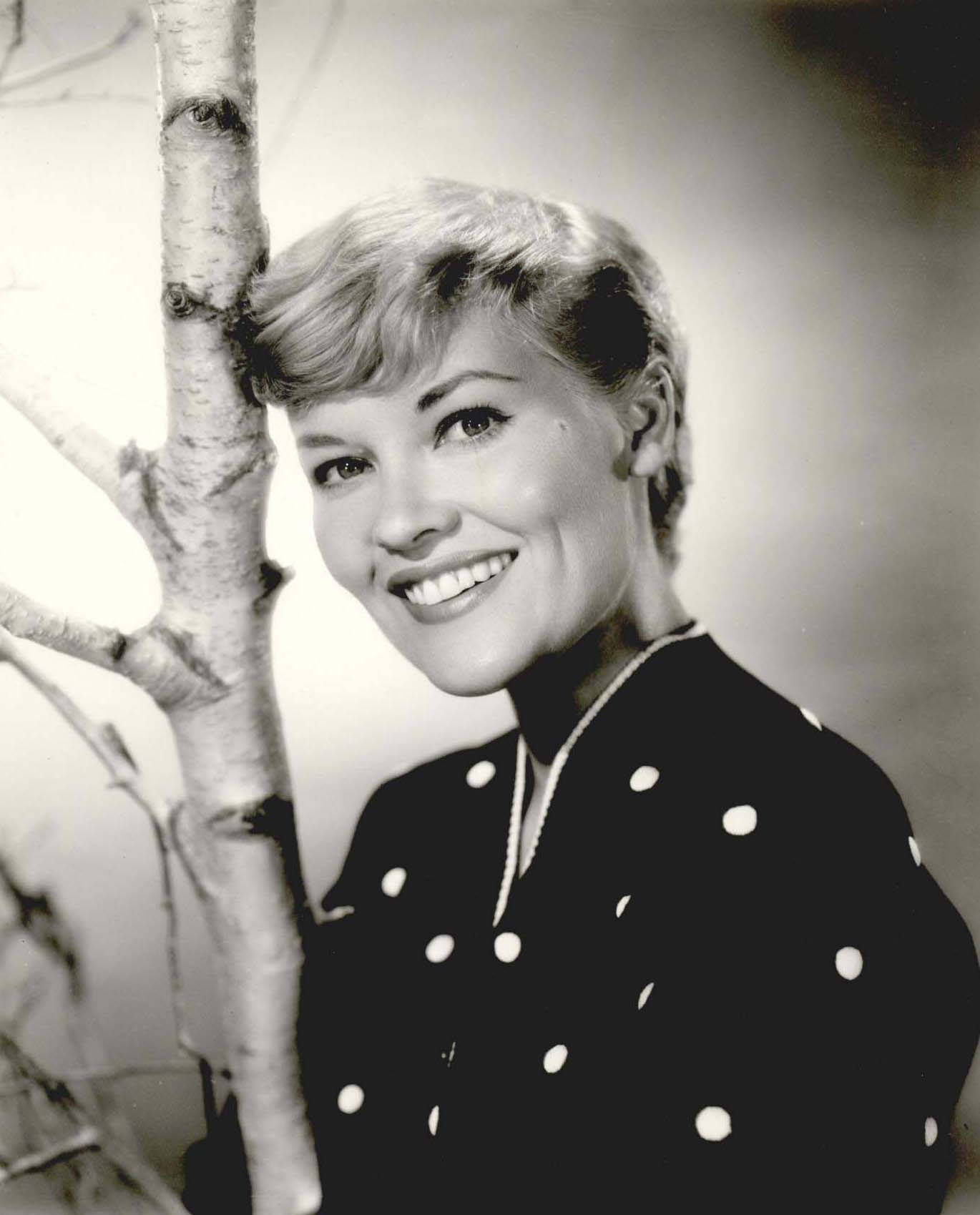
2. **Patti Page**
Patti Page, another luminary of the crooner era, exemplified the polished and accessible sound that captivated audiences in the early 1950s. Her distinctive vocal style, characterized by a clear tone and often incorporating multi-tracked harmonies, made her records instantly recognizable and deeply appealing. As the music scene of the nascent decade continued “the crooner sound of the previous decade, with less emphasis on the jazz-influenced big band style and more emphasis on a conservative, operatic, symphonic style of music,” Page stood out as a figure who expertly navigated these preferences, crafting a series of enduring hits.
Her presence on the radio waves was ubiquitous, making her a household name across America. Page’s songs often explored themes of romance and everyday life, resonating with a generation that valued comfort and familiarity in their entertainment choices. This connection with her audience, fostered through consistent airplay and record sales, established her as one of the period’s most beloved voices. She brought a unique sensibility to the popular music genre, reflecting the desires and sentiments of the American middle class during a period of expanding prosperity.
However, as the decade progressed, a significant transformation began to reshape the popular music landscape. The text notes that “the middle of the decade saw a change in the popular music landscape as classic pop was swept off the charts by rock-and-roll.” Crooners such as Patti Page, who had “dominated the first half of the decade,” experienced a “significantly curtailed” access to the pop charts by the decade’s end. This shift, while marking an evolution in popular taste, does not diminish her profound influence and extraordinary success in defining the sound of the early 1950s. Her initial dominance firmly established her as a vocal icon.
Read more about: The Ultimate Deep Dive: Uncovering the Quirks, Features, and Enduring Charm of the Animated Series ‘Doug’
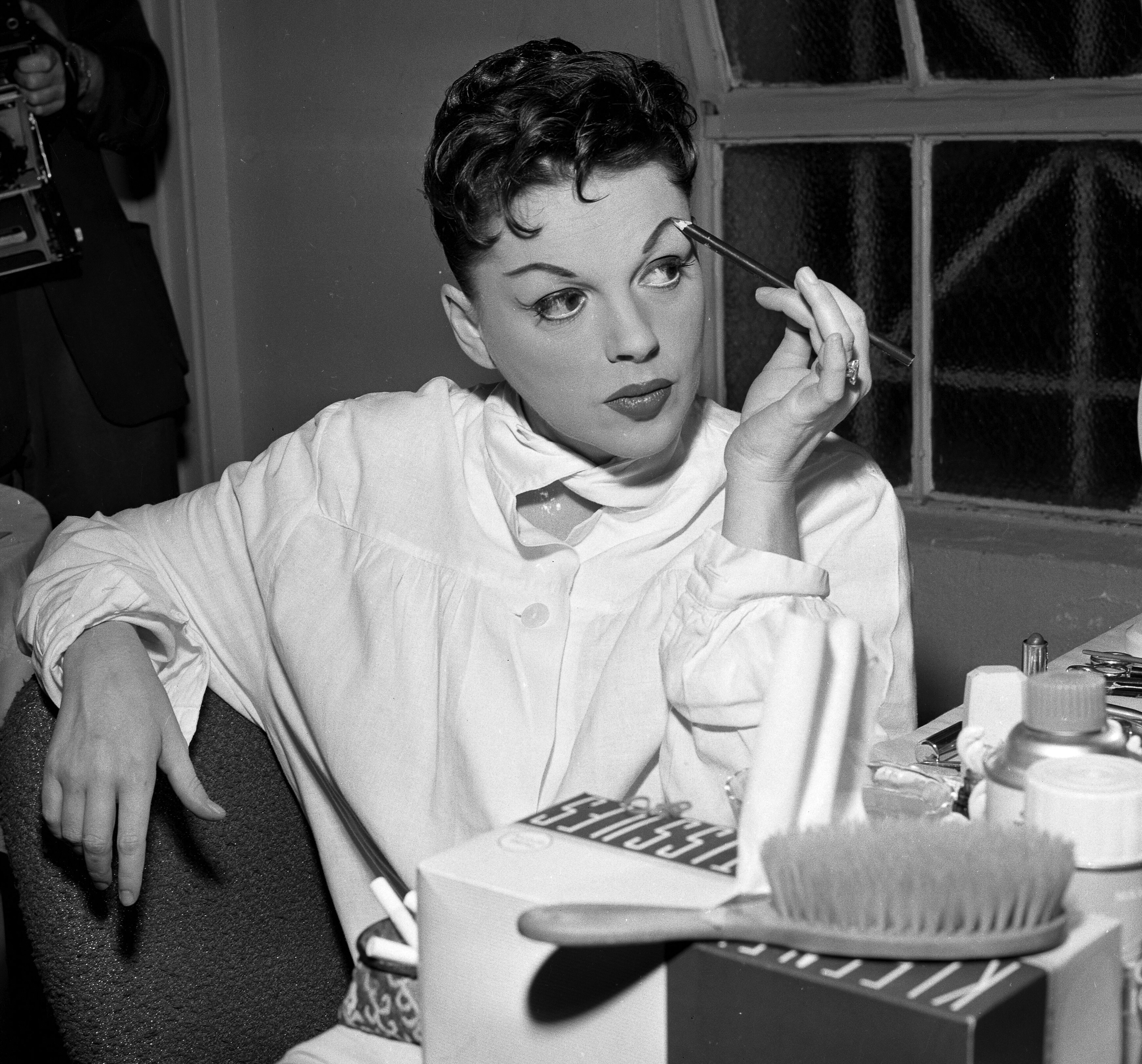
3. **Judy Garland**
Judy Garland, an artist whose career spanned multiple decades and mediums, also held a significant place within the musical tapestry of the 1950s. Though perhaps best known for her earlier film work, her powerful vocal performances and emotional depth continued to captivate audiences throughout this period. She was listed among the esteemed group of artists who defined the “popular music in the early 1950s [as] essentially a continuation of the crooner sound of the previous decade.” Garland’s distinctive ability to infuse her songs with raw vulnerability and theatricality set her apart.
Her artistry transcended mere vocal delivery, becoming a conduit for profound emotional expression that deeply resonated with listeners. While the context describes the prevailing “conservative, operatic, symphonic style of music,” Garland’s interpretations often pushed boundaries, imbuing standard repertoire with an unparalleled intensity. Her continued presence, whether on records, in concert halls, or on the burgeoning television screens, solidified her status as a cultural icon whose influence extended far beyond the confines of a single musical genre or era. She possessed a unique magnetism that sustained her popularity.
The decade of the 1950s was characterized by a broad societal recovery and an emergent sense of national identity in the United States, yet also by underlying anxieties of the Cold War. In this environment, artists like Garland provided not just entertainment but a cathartic emotional release. Her work during this period contributed to the rich fabric of the decade’s popular culture, even as the music industry began to pivot towards newer sounds. Her legacy is one of timeless talent, embodying the dramatic flair and vocal prowess that defined an important facet of mid-century American entertainment.
Read more about: From Box Office Busts to Beloved Classics: 14 Cinematic Masterpieces That Shockingly Flopped But Found Immortality
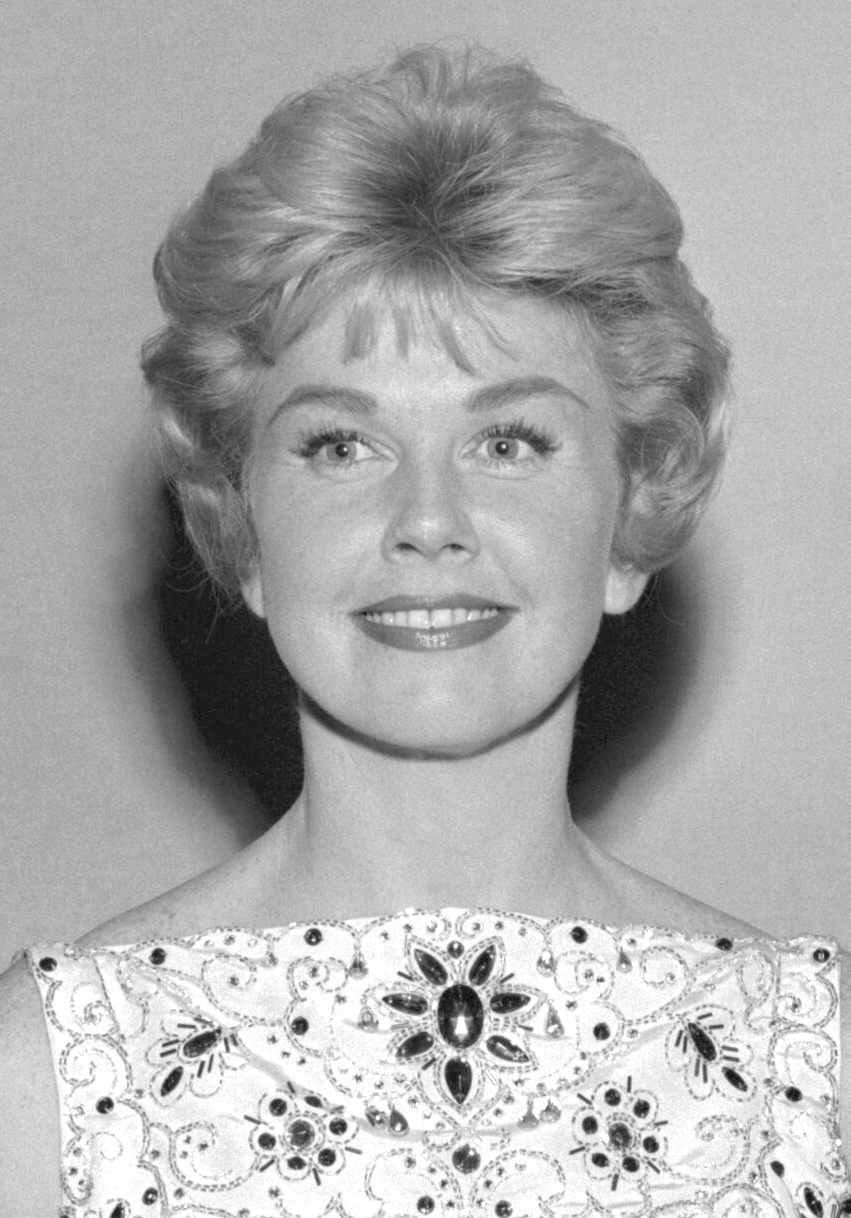
4. **Doris Day**
Doris Day epitomized the wholesome charm and vocal clarity that made her an enduring figure in 1950s popular culture, seamlessly transitioning between music and film. Her name appears among the notable list of crooners who shaped the sonic landscape of the early part of the decade, a time when “popular music… was essentially a continuation of the crooner sound.” Day’s voice was bright and effortlessly appealing, delivering songs with an optimistic lilt that provided comfort and cheer to audiences amidst the complexities of post-war reconstruction and the burgeoning Cold War era.
Her immense popularity was bolstered by a captivating screen presence that mirrored her musical persona. This synergy between her cinematic roles and her vocal recordings magnified her reach, making her a ubiquitous presence across various media platforms. As television became “a common innovation in American homes during the 1950s culminating in the Golden Age of TV,” artists like Day, with their broad appeal, found new avenues to connect with audiences. Her consistent stream of hits and successful films firmly established her as a beloved entertainer whose style resonated deeply with the prevailing cultural sensibilities.
While the context observes that “crooners such as Eddie Fisher, Perry Como, and Patti Page… found their access to the pop charts significantly curtailed by the decade’s end” due to the rise of rock-and-roll, Doris Day’s unique blend of talent allowed her to maintain a strong presence. Her versatility meant she could adapt to changing tastes to some extent, even as the larger musical currents shifted. She represented an ideal of American womanhood, projected through her sparkling vocal performances and engaging screen portrayals, cementing her status as a quintessential star of the Fifties.
Read more about: Mitzi Gaynor, the Effervescent Song-and-Dance Queen, Dies at 93: A Legacy of Razzle-Dazzle and Hollywood Charm

5. **Rosemary Clooney**
Rosemary Clooney, with her warm, inviting voice and natural storytelling ability, was another prominent figure in the pantheon of female crooners who graced the airwaves of the 1950s. Listed among the leading vocalists of the period, she contributed significantly to the “continuation of the crooner sound” that dominated early 1950s popular music. Her interpretations were often marked by a relaxed elegance and an understated sophistication, distinguishing her from many of her contemporaries and establishing her as a unique presence in the musical landscape.
Clooney’s appeal lay in her authenticity and her ability to convey emotion without excessive vocal pyrotechnics. Her records were staples on the radio, offering listeners a smooth and comforting experience that aligned perfectly with the era’s preference for a “conservative, operatic, symphonic style of music.” In a decade witnessing the profound impact of mass consumerism and the “emergence of the baby boomer generation,” her accessible yet refined sound resonated widely, providing a familiar and cherished soundtrack to daily life in American homes, alongside the burgeoning influence of television.
As the decade progressed and the “newly popular music genre of rock and roll” began its ascent, the traditional pop landscape underwent a seismic shift. While the context indicates that many crooners saw their chart access diminish, Clooney’s foundational success in the first half of the decade solidified her legacy. She, like her contemporaries, contributed to a rich tradition of vocal jazz and popular song, her artistry reflecting the elegance and vocal craftsmanship that defined a significant portion of 1950s music before the full impact of rock-and-roll irrevocably altered the mainstream.
As the 1950s marched past its midpoint, the cultural currents began to shift with undeniable force, nowhere more evident than in the vibrant, sometimes tumultuous, world of popular music. The familiar, comforting strains of the crooner sound, which had serenaded the “baby boomer generation” through its early years, found itself increasingly challenged by a new, electrifying genre: rock-and-roll. This seismic shift created a fascinating dichotomy on the airwaves, where established vocal talents continued to weave their magic, even as fresh, youthful voices emerged, fearlessly embracing the raw energy of the new sound. It was a dynamic period that saw artists navigating a rapidly evolving landscape, shaping not just melodies but also the very spirit of a generation.
This transformation wasn’t merely about new beats; it reflected deeper societal changes. The rise of a distinct “teenager market” as the primary audience for much of this new music underscored a generational divide, with purchasing power and cultural influence increasingly concentrated among the youth. Television, now a common innovation in American homes, amplified these trends, offering a visual platform for musical icons. In this exhilarating environment, a handful of female singers—some long-established, others fresh on the scene—managed to captivate the nation, demonstrating remarkable resilience and adaptability as they defined the latter half of the Fifties.
Read more about: Pat Crowley: A Legacy Unveiled — Honoring a Veteran Film and TV Actress’s Enduring 60-Year Career
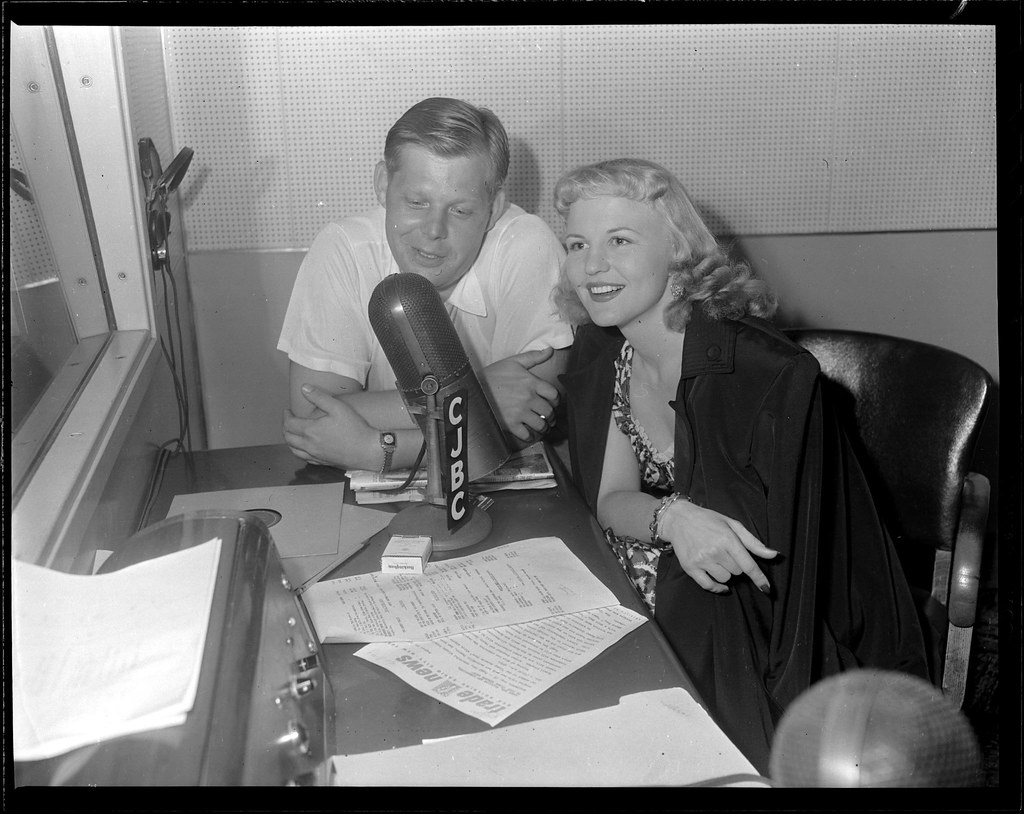
6. **Peggy Lee**
Peggy Lee, a vocalist of exquisite cool and understated sophistication, stood as a testament to the enduring power of refined artistry even as the musical tides began to turn. While initially a stalwart of the jazz-influenced big band sound and later transitioning into the more conservative pop style of the early 1950s, her distinctive, smoky voice and impeccable phrasing allowed her to maintain a profound relevance throughout the decade. She was a master of nuance, infusing every lyric with a depth that transcended passing fads, proving that true talent possessed a timeless quality.
Her presence on the radio waves and in sophisticated supper clubs spoke to a segment of the audience that still yearned for elegance amidst the burgeoning clamor of rock-and-roll. Lee’s ability to interpret a song, making it entirely her own with her characteristic blend of intimacy and allure, set her apart. She continued to record and release successful albums and singles, demonstrating that the “continued relevance of established vocal talents” was not only possible but highly celebrated by a discerning public who appreciated her unique approach to popular song.
Lee’s artistry during this transitional period was particularly significant. While some of her contemporaries from the crooner era saw their access to the pop charts “significantly curtailed by the decade’s end,” Peggy Lee’s nuanced interpretations and sophisticated persona allowed her to navigate these shifts with grace. She contributed to the richness of the 1950s soundscape, reminding listeners that while innovation charged forward, there remained a cherished space for the beautifully crafted, emotionally resonant vocal performance, solidifying her status as an enduring icon.
Read more about: Decoding the Digital Silence: 14 Critical Moments When Celebrity Social Media Gets Scrubbed Clean Amid Public Scrutiny and Media Frenzy
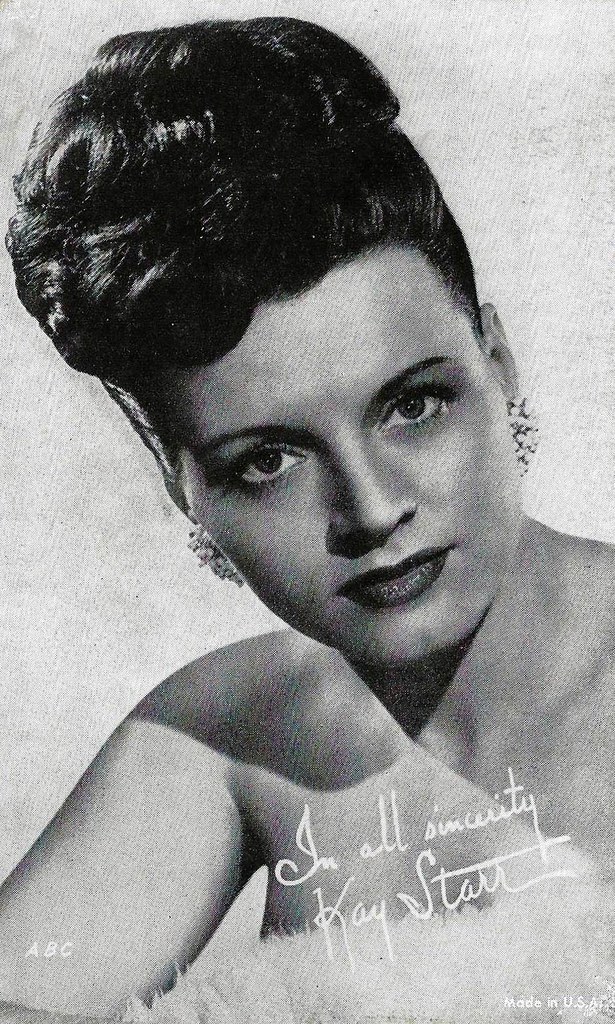
7. **Kay Starr**
Kay Starr, with her distinctive, powerful voice and a remarkable versatility that allowed her to effortlessly blend jazz, pop, and country influences, represented another facet of the “continued relevance of established vocal talents” in the latter half of the 1950s. Her raw, earthy vocal delivery was a refreshing counterpoint to some of the more polished crooners, injecting a vibrant energy into popular music that resonated deeply with a diverse audience. She was a dynamic performer whose command over a song was undeniable, making her a commanding presence on the airwaves.
Having achieved significant success in the earlier part of the decade, Starr continued to deliver hits even as the music industry embraced new sounds. Her ability to infuse standards with a bluesy sensibility and her captivating stage presence ensured her sustained popularity. She was an artist who could straddle genres, appealing to those who appreciated traditional vocal prowess while also hinting at the more expressive, uninhibited styles that would come to define the rock-and-roll era, effectively bridging the gap between musical worlds.
Starr’s contributions highlight the fact that the “middle of the decade saw a change in the popular music landscape as classic pop was swept off the charts by rock-and-roll,” but not all established artists faded. Her enduring appeal illustrated that certain vocalists possessed a quality that transcended the immediate trends. Kay Starr’s robust vocal style and her string of memorable recordings ensured her place as a powerful force in 1950s music, a true queen whose reign continued through the decade’s evolving soundtrack.
Read more about: From Disney Channel Tongues to Sweet Serendipity: What Zac Efron’s Co-Stars Really Say About Kissing Him
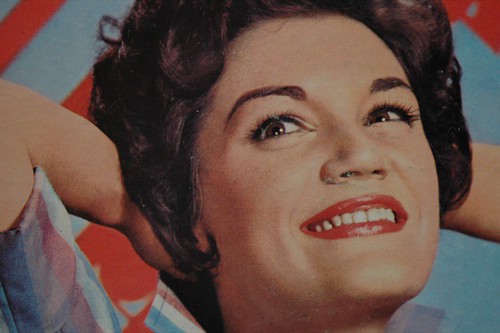
8. **Connie Francis**
The latter half of the 1950s witnessed the emergence of vibrant new female voices, none more emblematic of this exciting shift than Connie Francis. As the “newly popular music genre of rock and roll” began its ascent, and the music landscape pivoted towards a younger audience, Francis quickly rose to prominence, becoming a leading figure who skillfully navigated the evolving cultural terrain. She represented a fresh, youthful energy that spoke directly to the burgeoning “teenager market,” bridging the gap between traditional pop and the burgeoning rock-and-roll sound.
Francis’s breakthrough came as the music world was transforming, and her ability to deliver both heartfelt ballads and upbeat, rock-tinged numbers made her incredibly versatile and appealing. Her clear, powerful voice, often infused with an emotional sincerity, resonated with a generation eager for songs that reflected their own experiences and sentiments. She became a significant part of the change that saw “classic pop… swept off the charts by rock-and-roll,” proving that a new generation of female stars was ready to define the future of popular music.
Her consistent stream of chart-topping hits established her as one of the decade’s most successful female recording artists. Connie Francis not only adapted to the changing tastes but actively shaped them, embodying the spirit of a new era. Her presence on television, which was then a crucial medium for disseminating popular culture, further cemented her iconic status, making her a household name and a defining sound for teenagers across America as the decade drew to a close.
Read more about: Yo, Adrian! What Happened To The Iconic Cast Of The Original ‘Rocky’ Movie?
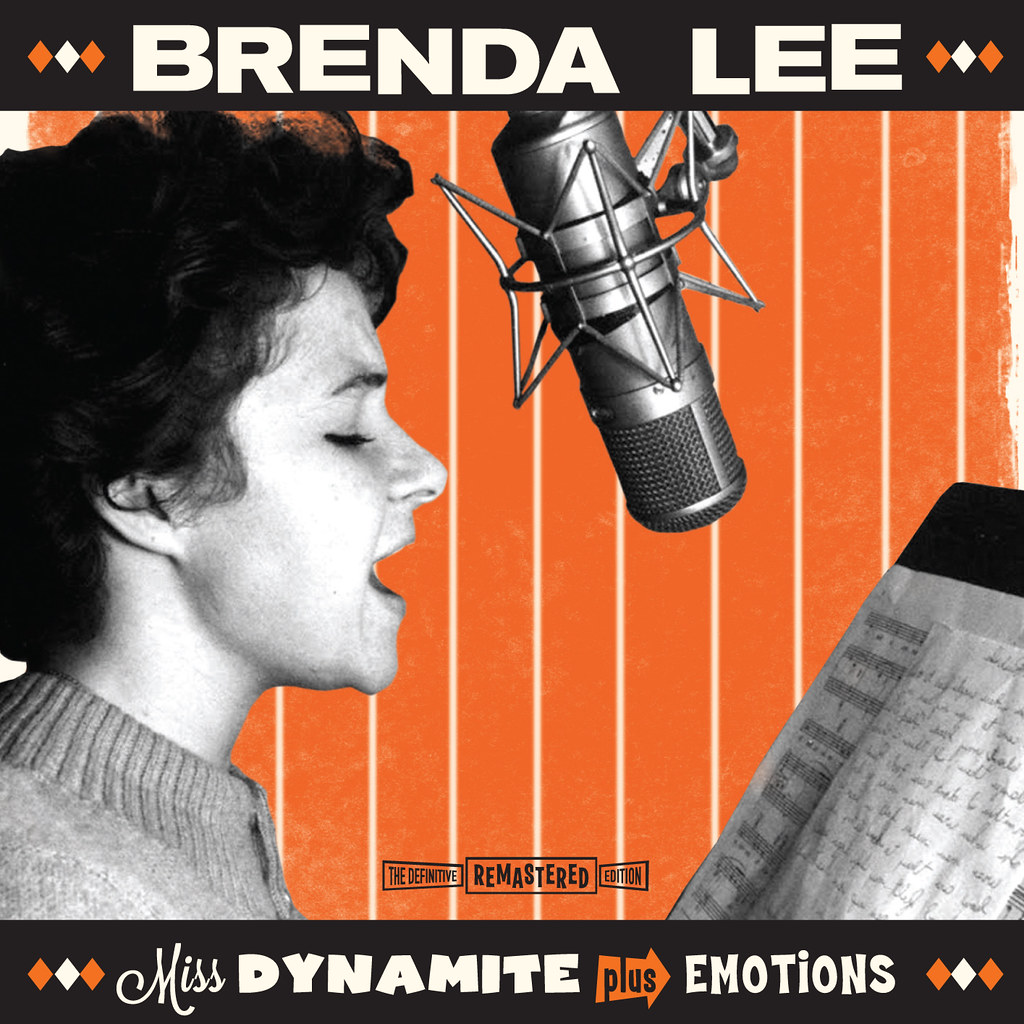
9. **Brenda Lee**
Brenda Lee, often dubbed “Little Miss Dynamite” for her explosive stage presence and powerful vocals delivered from a diminutive frame, epitomized the raw, unbridled energy of the “emergence of new female voices” in the mid-to-late 1950s. She was a genuine rock-and-roll and rockabilly sensation, listed among the notable exponents of the genre, who captured the rebellious spirit and youthful exuberance that swept across the nation. Her voice, mature beyond her years, commanded attention and perfectly suited the vibrant sound of the new decade.
Lee’s meteoric rise coincided with the full impact of rock-and-roll, which was “primarily targeted at the teenager market.” Her records, characterized by their infectious rhythm and her distinctive vocal growl, quickly became anthems for a generation hungry for fresh, exciting music. She brought a distinctive female perspective to a genre largely dominated by male artists like Elvis Presley and Chuck Berry, proving that women could be just as dynamic and influential in shaping the new sound.
Her early success underscored the profound transformation occurring in popular music. Brenda Lee, like her contemporaries in the rock-and-roll movement, helped to firmly establish this “newly popular music genre” as the dominant cultural force, pushing the boundaries of what was considered mainstream. Her electrifying performances and enduring hits cemented her legacy as a true pioneer, a dynamic force who helped to define the sound and style of the latter half of the 1950s, leaving an indelible mark on music history.
Read more about: The Unspoken Code: Why the Rules of Engagement Cast May Never Reunite (And What It Means for TV’s Beloved Legacies)
As the Fifties drew to a close, it was clear that the decade had been a crucible of change, a vibrant era where the lingering echoes of the past harmonized, often dynamically, with the audacious rhythms of the future. The queens of style and the radio waves, from the polished crooners of its genesis to the explosive rock-and-roll sirens of its twilight, collectively wove a rich tapestry of sound. Their voices, whether sophisticated or searing, provided the soundtrack to a nation navigating recovery, Cold War anxieties, and the thrilling dawn of a new cultural landscape, forever embedding their iconic presence in the annals of American music.

